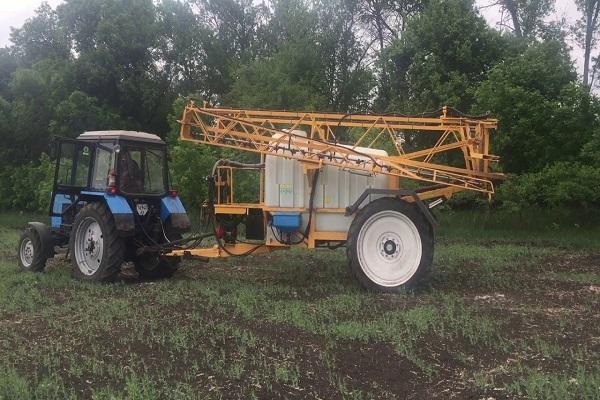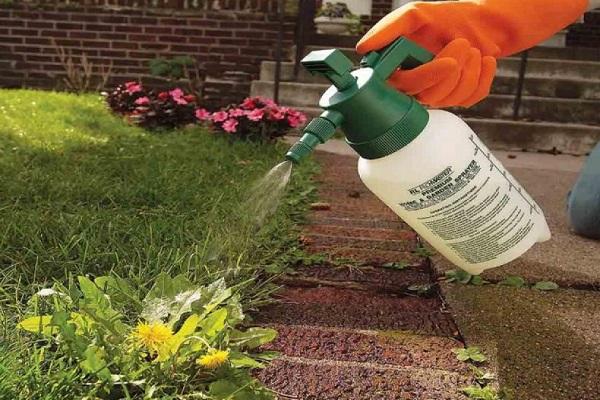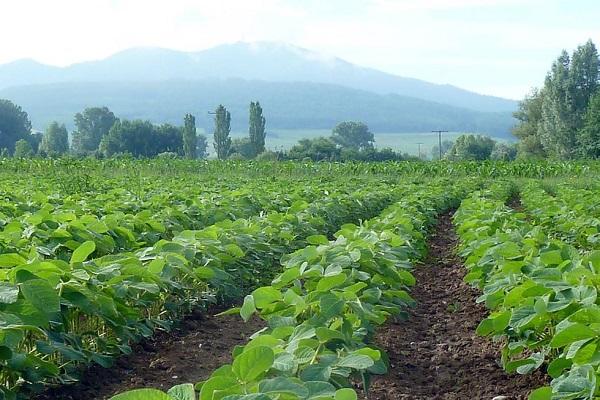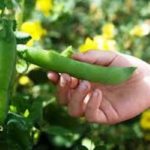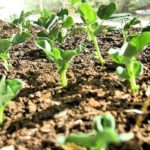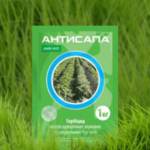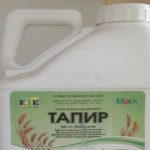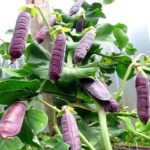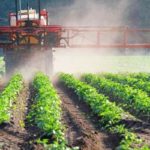If you grow peas or soybeans, you are probably concerned about annual grasses and dicotyledonous weeds. Since it is unrealistic to fight them manually, agricultural technicians and gardeners use herbicides. These substances are presented in a wide range, so it is difficult to choose the right one. We will give you useful information about Pulsar herbicide.
- Composition and release form of the weed killer
- Advantages and disadvantages of Pulsar herbicide
- Mechanism of action
- Consumption rates
- On peas
- On soybeans
- How to prepare a working solution
- Instructions for use of herbicide Pulsar
- Best processing time
- Precautions during operation
- Phytotoxicity
- Compatibility with other drugs
- Storage conditions
- What can be replaced
- Bottom line
Composition and release form of the weed killer
The product from the German company BASF destroys cereal and dicotyledonous weeds in soybeans and peas. Available in the form of a solution in 10 liter plastic containers.
The active ingredient is imazamox in an amount of 40 grams per liter. The active substance stops the growth of weeds just a few hours after spraying, as it reduces the level of required amino acids.
Pulsar has a third class of danger for mammals and bees, that is, it is minimally dangerous for them.
Advantages and disadvantages of Pulsar herbicide
This herbicide is popular among consumers because:
- with suitable humidity, it prevents the development of a new generation of weeds;
- harmless for crops that will be sown in the treated area after harvesting peas and soybeans;
- systemic action matches soil activity;
- effectively eliminates annual and dicotyledonous weeds;
- has a wide range of applications and a mild aftereffect;
- works quickly.
The only disadvantages include the high cost of Pulsar. It is classified as a new generation of herbicides, so it has minimal impact on the soil. But to achieve a positive result, you must strictly follow the instructions for use.
Reducing/increasing the dose may negatively affect the quality and quantity of the crop.
Mechanism of action
Pulsar, falling on a weed, is completely absorbed by it. After just a few hours, the plant stops producing amino acids, and protein synthesis, which ensures its growth, is blocked.
The effect of the herbicide is noticeable 21-30 days after spraying. The speed of action is influenced by the number and size of weeds, as well as climatic features.
If the soil is moist enough, new harmful crops will not appear soon.
Consumption rates
To achieve maximum positive results, you need to comply with consumption standards.
On peas
| Culture | Consumption rate per hectare | Type of weed crop | Processing period |
| Peas | 0.75-1 l | Dicotyledons, annuals and perennials | When the seedlings have reached the 3-5 leaf phase |
| Vegetable peas | 0.75 l |
On soybeans
| Culture | Consumption rate per hectare | Type of weed crop | Processing period |
| Soybeans | 0.75-1 l | Dicotyledons, annuals and perennials | When the seedlings have reached the 2-3 leaf phase |
How to prepare a working solution
Pour the required amount (according to the instructions) of Pulsar into the tank, add water and mix thoroughly.
Instructions for use of herbicide Pulsar
It is best to process soybeans when 2-3 trifoliate leaves have already appeared on it. After the 14-28 day procedure, you should refrain from inter-row cultivation, as it may disrupt the herbicidal screen.
It is enough to treat soybeans with herbicide once a season. You can repeat the procedure in case of severe drought.
It is better to process peas after 3-5 true leaves appear. The optimal consumption is 0.85 liters per hectare of sown area. Cultivation is prohibited for 2-4 weeks after spraying.
If the beds are very overgrown, it is recommended to use a mixture of Pulsar and Bazagran.
On soil treated with herbicide you can sow:
- soybeans, peas and beans after 3 months;
- winter wheat – after 4 months;
- spring wheat, oats and barley – after 9 months;
- winter barley, corn, sunflower, rice - after 11 months;
- beets, rapeseed, vegetables - after 16 months.
One area can be treated with Pulsar once every 3 years.
Before spraying, it is recommended to test the water in the laboratory to determine whether it is combined with the herbicide. Otherwise, it can reduce the effectiveness of the procedure.
Best processing time
It is better to spray on a windless day, otherwise the working solution will scatter to other areas. If the wind speed exceeds 5 meters, the procedure is prohibited.
Precautions during operation
The undeniable advantage of the herbicide is safety for humans, bees and animals. Despite this, it is not recommended to use it near ponds and apiaries.
During the processing process, it is necessary to ensure that Pulsar does not get on other crops, as it can negatively affect them.
Spraying should be carried out in protective clothing, goggles and a respirator. Upon completion of work, you need to wash your face and wash your hands with soapy water.
Phytotoxicity
Not phytotoxic if the specified dosages are observed.
Compatibility with other drugs
Pulsar works great with the herbicide Bazagran. They can be combined to treat peas and soybeans that are heavily contaminated with weeds. The working solution is prepared according to the following scheme: 0.6 l/ha of Pulsar is combined with 1.5 l/ha of Bazagran. The mixture will effectively remove cocklebur, ropeweed and ragweed.
Storage conditions
The pulsar should be stored in a dark room at a temperature from 0 to +35 degrees. It is good for three years from the date of manufacture.
What can be replaced
Since the price of Pulsar is high, you can use it instead:
- Bazagran.
- Paradox August.
- Pivot.
- Rodimych.
They work exactly the same as the German herbicide, but are much cheaper.
Bottom line
Pulsar not only performs its main task well, but also helps to increase yield, since the soil provides crops with the proper amount of nutrients.



